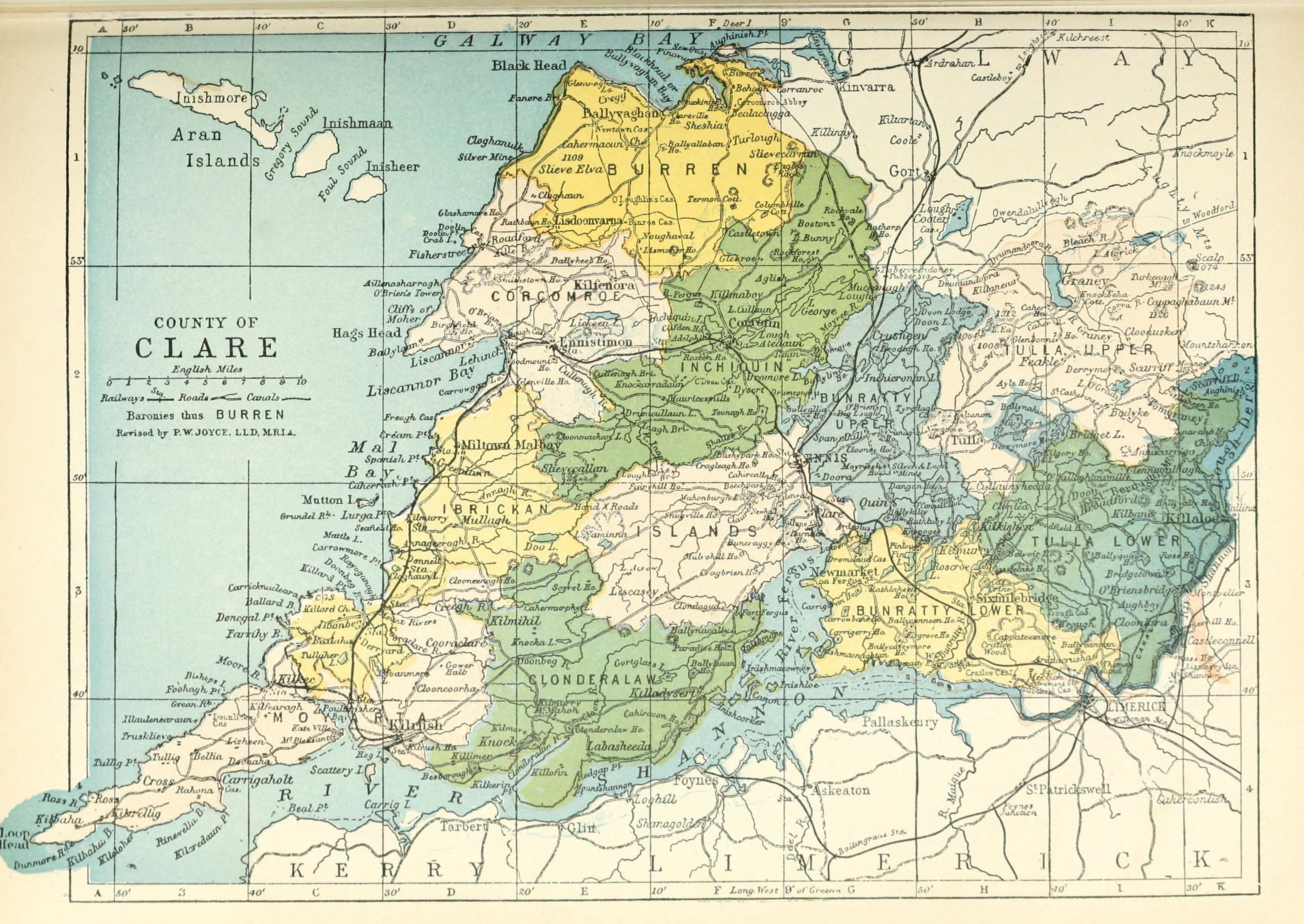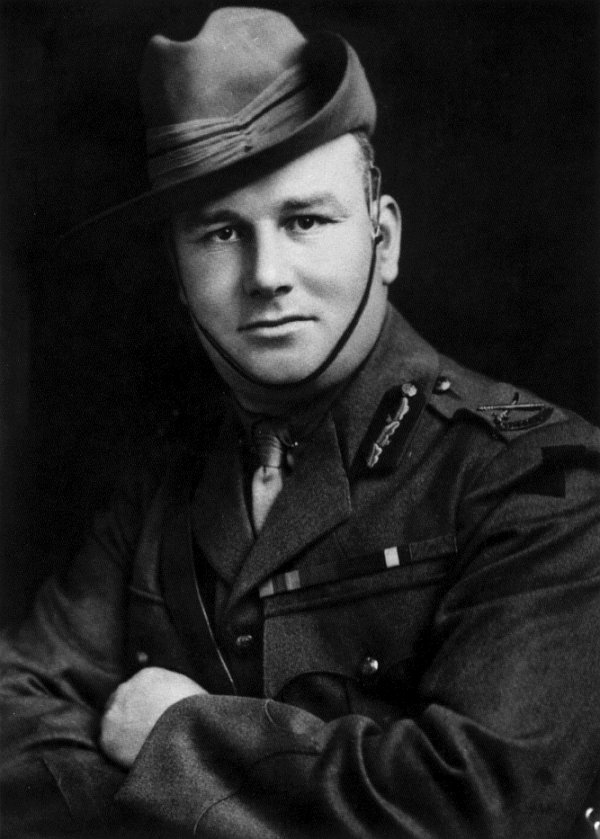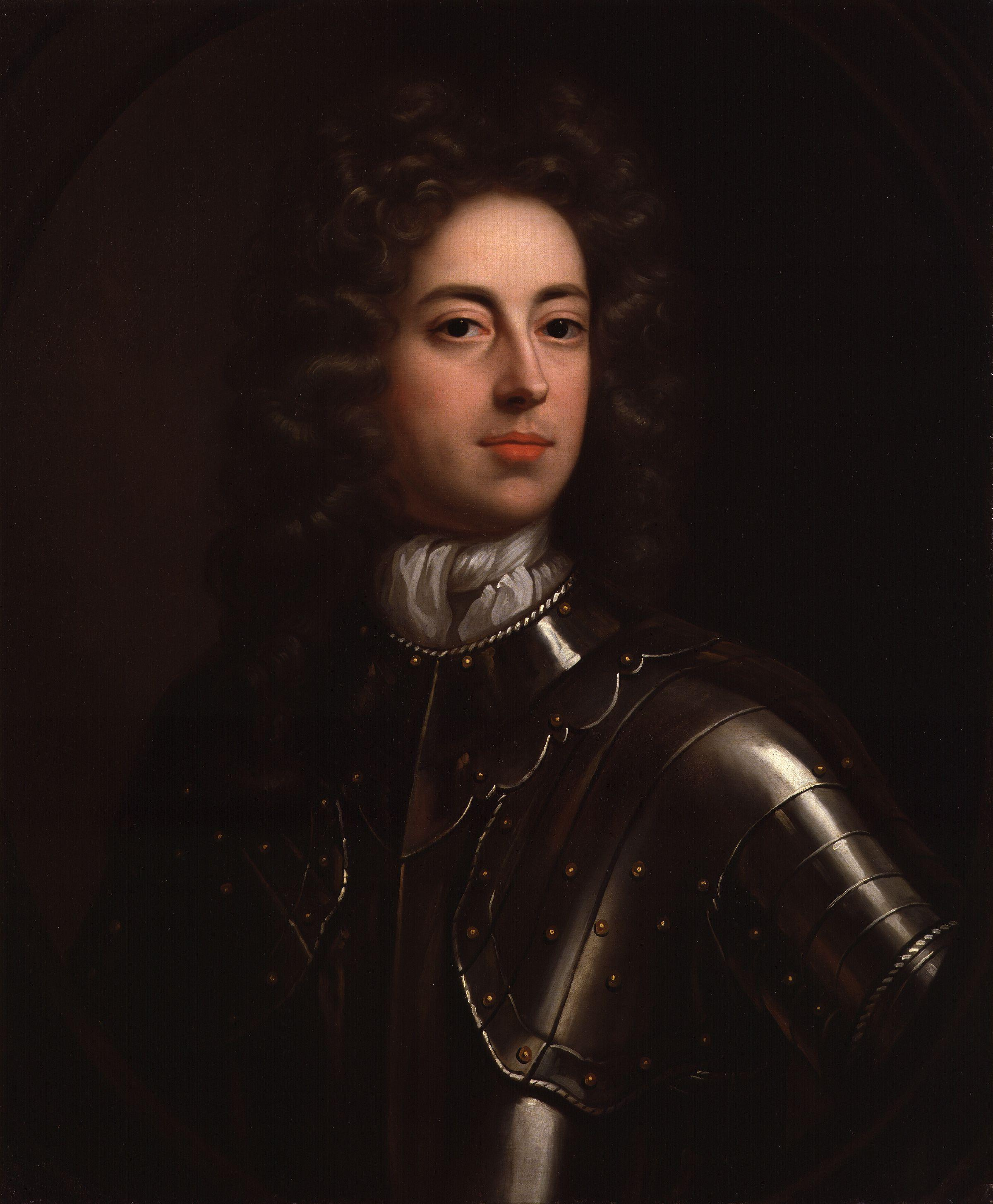|
Holcroft Blood
Holcroft Blood ( – 19 August 1707) was an Anglo-Irish soldier, notable for his service as an engineer and artillery commander under the Duke of Marlborough during the War of the Spanish Succession. He was the son of Thomas Blood, an adventurer who became notorious for his failed attempts to steal the crown jewels from the Tower of London and assassinate the Duke of Ormonde. His mother was Mary Holcroft, daughter of the Liverpool Mayor and MP John Holcroft. In 1672, without his father's permission he enlisted in the Royal Navy during the Third Anglo-Dutch War, then served as a cadet in the Guards of Louis XIV of France. He returned to Ireland, and in 1676 was appointed a Justice of the Peace in County Clare. He married around this time to a widow named Elizabeth Fowler, but she later sued him for assault and adultery and they separated. He gained further military experience serving during the Williamite War in Ireland (1689–91), fighting for the forces of William of Orang ... [...More Info...] [...Related Items...] OR: [Wikipedia] [Google] [Baidu] |
Engineer
Engineers, as practitioners of engineering, are professionals who invent, design, analyze, build and test machines, complex systems, structures, gadgets and materials to fulfill functional objectives and requirements while considering the limitations imposed by practicality, regulation, safety and cost. "Science is knowledge based on our observed facts and tested truths arranged in an orderly system that can be validated and communicated to other people. Engineering is the creative application of scientific principles used to plan, build, direct, guide, manage, or work on systems to maintain and improve our daily lives." The word ''engineer'' (Latin ) is derived from the Latin words ("to contrive, devise") and ("cleverness"). The foundational qualifications of an engineer typically include a four-year Bachelor of Engineering, bachelor's degree in an engineering discipline, or in some jurisdictions, a Master of Engineering, master's degree in an engineering discipline plus ... [...More Info...] [...Related Items...] OR: [Wikipedia] [Google] [Baidu] |
County Clare
County Clare ( ga, Contae an Chláir) is a county in Ireland, in the Southern Region and the province of Munster, bordered on the west by the Atlantic Ocean. Clare County Council is the local authority. The county had a population of 118,817 at the 2016 census. The county town and largest settlement is Ennis. Geography and subdivisions Clare is north-west of the River Shannon covering a total area of . Clare is the seventh largest of Ireland's 32 traditional counties in area and the 19th largest in terms of population. It is bordered by two counties in Munster and one county in Connacht: County Limerick to the south, County Tipperary to the east and County Galway to the north. Clare's nickname is ''the Banner County''. Baronies, parishes and townlands The county is divided into the baronies of Bunratty Lower, Bunratty Upper, Burren, Clonderalaw, Corcomroe, Ibrickan, Inchiquin, Islands, Moyarta, Tulla Lower and Tulla Upper. These in turn are divided into civ ... [...More Info...] [...Related Items...] OR: [Wikipedia] [Google] [Baidu] |
Brussels
Brussels (french: Bruxelles or ; nl, Brussel ), officially the Brussels-Capital Region (All text and all but one graphic show the English name as Brussels-Capital Region.) (french: link=no, Région de Bruxelles-Capitale; nl, link=no, Brussels Hoofdstedelijk Gewest), is a region of Belgium comprising 19 municipalities, including the City of Brussels, which is the capital of Belgium. The Brussels-Capital Region is located in the central portion of the country and is a part of both the French Community of Belgium and the Flemish Community, but is separate from the Flemish Region (within which it forms an enclave) and the Walloon Region. Brussels is the most densely populated region in Belgium, and although it has the highest GDP per capita, it has the lowest available income per household. The Brussels Region covers , a relatively small area compared to the two other regions, and has a population of over 1.2 million. The five times larger metropolitan area of Brussel ... [...More Info...] [...Related Items...] OR: [Wikipedia] [Google] [Baidu] |
Brigadier General
Brigadier general or Brigade general is a military rank used in many countries. It is the lowest ranking general officer in some countries. The rank is usually above a colonel, and below a major general or divisional general. When appointed to a field command, a brigadier general is typically in command of a brigade consisting of around 4,000 troops (four battalions). Variants Brigadier general Brigadier general (Brig. Gen.) is a military rank used in many countries. It is the lowest ranking general officer in some countries, usually sitting between the ranks of colonel and major general. When appointed to a field command, a brigadier general is typically in command of a brigade consisting of around 4,000 troops (four battalions). In some countries, this rank is given the name of ''brigadier'', which is usually equivalent to ''brigadier general'' in the armies of nations that use the rank. The rank can be traced back to the militaries of Europe where a "brigadier general" ... [...More Info...] [...Related Items...] OR: [Wikipedia] [Google] [Baidu] |
Battle Of Ramillies
The Battle of Ramillies (), fought on 23 May 1706, was a battle of the War of the Spanish Succession. For the Grand Alliance – Austria, England, and the Dutch Republic – the battle had followed an indecisive campaign against the Bourbon armies of King Louis XIV of France in 1705. Although the Allies had captured Barcelona that year, they had been forced to abandon their campaign on the Moselle, had stalled in the Spanish Netherlands and suffered defeat in northern Italy. Yet despite his opponents' setbacks Louis XIV wanted peace, but on reasonable terms. Because of this, as well as to maintain their momentum, the French and their allies took the offensive in 1706. The campaign began well for Louis XIV's generals: in Italy Marshal Vendôme defeated the Austrians at the Battle of Calcinato in April, while in Alsace Marshal Villars forced the Margrave of Baden back across the Rhine. Encouraged by these early gains Louis XIV urged Marshal Villeroi to go over to the o ... [...More Info...] [...Related Items...] OR: [Wikipedia] [Google] [Baidu] |
Battle Of Blenheim
The Battle of Blenheim (german: Zweite Schlacht bei Höchstädt, link=no; french: Bataille de Höchstädt, link=no; nl, Slag bij Blenheim, link=no) fought on , was a major battle of the War of the Spanish Succession. The overwhelming Allied victory ensured the safety of Vienna from the Franco-Bavarian army, thus preventing the collapse of the reconstituted Grand Alliance. Louis XIV of France sought to knock the Holy Roman Emperor, Leopold, out of the war by seizing Vienna, the Habsburg capital, and gain a favourable peace settlement. The dangers to Vienna were considerable: Maximilian II Emanuel, Elector of Bavaria, and Marshal Ferdinand de Marsin's forces in Bavaria threatened from the west, and Marshal Louis Joseph de Bourbon, duc de Vendôme's large army in northern Italy posed a serious danger with a potential offensive through the Brenner Pass. Vienna was also under pressure from Rákóczi's Hungarian revolt from its eastern approaches. Realising the danger, the D ... [...More Info...] [...Related Items...] OR: [Wikipedia] [Google] [Baidu] |
William Cadogan, 1st Earl Cadogan
William Cadogan (-1726), 1st Earl Cadogan, an Irish-born British Army officer, began his active military service during the Williamite War in Ireland in 1689 and ended it with the suppression of the 1715 Jacobite Rebellion. A close associate and confidant of the Duke of Marlborough, he was also a diplomat and Whig politician who sat in the English and British Houses of Commons from 1705 until 1716, when he was raised to the peerage as Baron Cadogan. A strong supporter of the Hanoverian Succession, he took part in the suppression of the 1715 Jacobite Rebellion and succeeded Marlborough in 1722 as Master-General of the Ordnance and senior army commander. Early life Cadogan was born in Ireland around 1671, the son of the barrister Henry Cadogan and his wife Bridget Waller, daughter of the regicide Sir Hardress Waller. His family were Irish Protestants of Welsh descent. William's grandfather William Cadogan served as an officer in Oliver Cromwell's New Model Army. H ... [...More Info...] [...Related Items...] OR: [Wikipedia] [Google] [Baidu] |
Charles Churchill (British Army Officer, Born 1656)
General Charles Churchill (2 February 1656 – 29 December 1714) was a British Army officer who served during the War of the Spanish Succession and an English politician who sat in the English and British House of Commons from 1701 to 1710. He was a younger brother of John Churchill, 1st Duke of Marlborough and both his military and political careers were closely connected with his brother's. Along with Marlborough's Irish Chief of Staff William Cadogan, he was one of Churchill's closest advisors. He was a Tory, in contrast to his Whig brother who tolerated and possibly used Churchill's Tory connections. Life Churchill was the son of Winston Churchill (1620–1688) and his wife Elizabeth Drake, daughter of Sir John Drake of Ashe, Devon, and his wife Helena Butler (or Boteler). He became a page and, from 1672 to 1708, a gentlemen in the household of Prince George of Denmark. He became Lieutenant of the Tower of London in 1702. Charles Churchill joined the English Army as ... [...More Info...] [...Related Items...] OR: [Wikipedia] [Google] [Baidu] |
Battle Of The Boyne
The Battle of the Boyne ( ga, Cath na Bóinne ) was a battle in 1690 between the forces of the deposed King James II of England and Ireland, VII of Scotland, and those of King William III who, with his wife Queen Mary II (his cousin and James's daughter), had acceded to the Crowns of England and Scotland in 1689. The battle took place across the River Boyne close to the town of Drogheda in the Kingdom of Ireland, modern-day Republic of Ireland, and resulted in a victory for William. This turned the tide in James's failed attempt to regain the British crown and ultimately aided in ensuring the continued Protestant ascendancy in Ireland. The battle took place on 1 July 1690 O.S. William's forces defeated James's army, which consisted mostly of raw recruits. Although the Williamite War in Ireland continued until the signing of the Treaty of Limerick in October 1691, James fled to France after the Boyne, never to return. Background The battle was a major encounter in J ... [...More Info...] [...Related Items...] OR: [Wikipedia] [Google] [Baidu] |
Siege Of Carrickfergus
The siege of Carrickfergus took place in August 1689 when a force of Williamite troops under Marshal Schomberg landed and laid siege to the Jacobite garrison of Carrickfergus in Ireland. After a week the Jacobites surrendered, and were allowed to march out with the honours of war. Background Carrickfergus was a traditional stronghold of the Crown in Ulster, commanded by the Norman-era Carrickfergus Castle. During 1689 with its Irish Army garrison, it became a refuge for Catholic inhabitants of the region to flee to as the northern rebellion against James II's rule grew. In February 1689 local Protestant forces made a failed attempt to storm the town. After the Break of Dromore on 14 March, Richard Hamilton's Jacobite forces had swept through Eastern Ulster bringing all of County Down and Antrim under their control. Carrickfergus and its surrounding area were securely under Jacobite rule as Hamilton advanced to lay siege to Derry, one of the few remaining Protestant stro ... [...More Info...] [...Related Items...] OR: [Wikipedia] [Google] [Baidu] |
Irish Army (Kingdom Of Ireland)
The Irish Army, known simply as the Army ( ga, an tArm), is the land component of the Defence Forces (Ireland), Defence Forces of Republic of Ireland, Ireland.The Defence Forces are made up of the Permanent Defence Forces – the standing branches – and the Reserve Defence Forces. The Army is part of the PDF. Approximately 7,300 people served in the Irish Army on a permanent basis , and there were 1,600 active Army Reserve (Ireland), reservists, divided into two geographically organised brigades. By late September 2020, this had reduced to 6,878 permanent army personnel. As well as maintaining its primary roles of defending the State and internal security within the State, since 1958 the Army has had a continuous presence in peacekeeping missions around the world. The Army also participates in the Battlegroup (European Union), European Union Battlegroups. The Air Corps (Ireland), Air Corps and Naval Service (Ireland), Naval Service support the Army in carrying out its roles. ... [...More Info...] [...Related Items...] OR: [Wikipedia] [Google] [Baidu] |




.jpg)

.jpg)
.jpg)